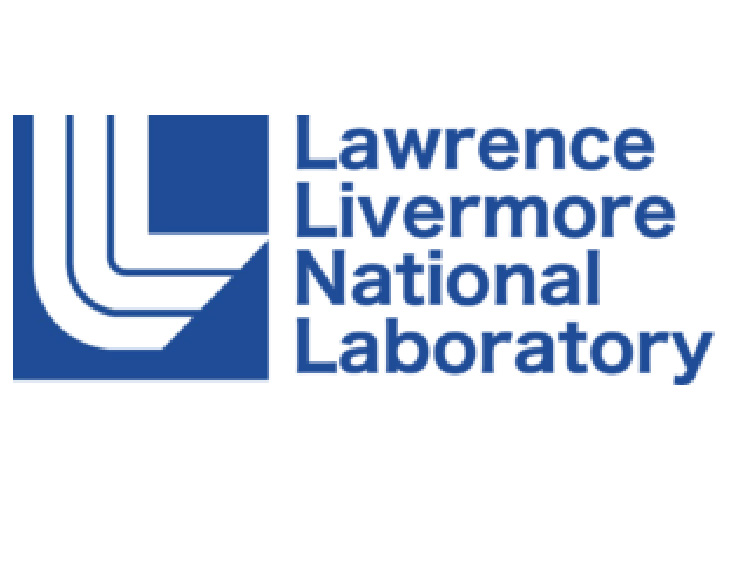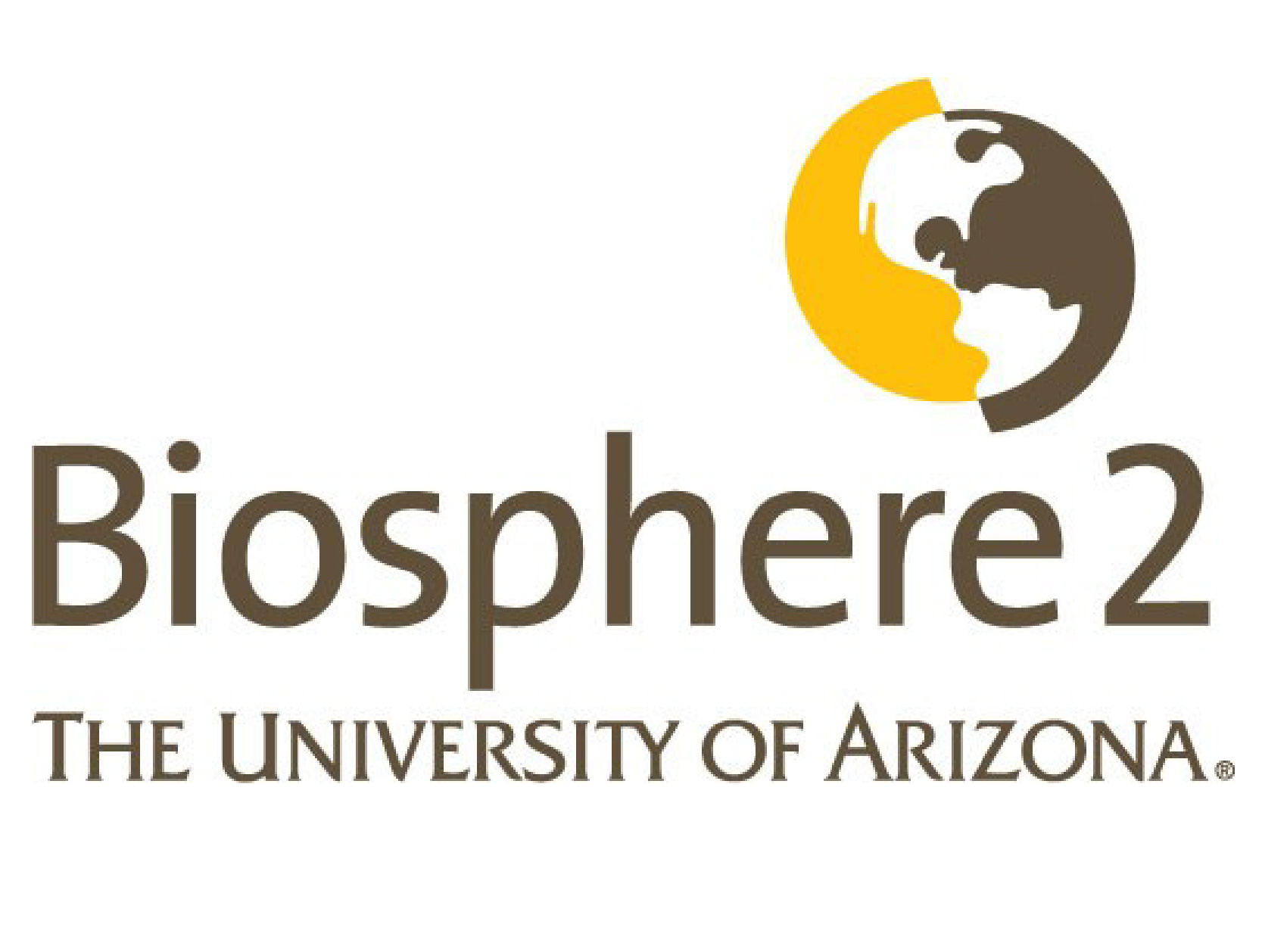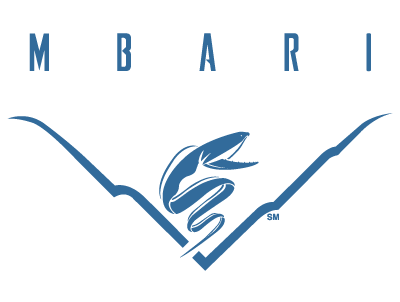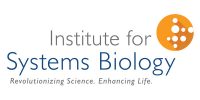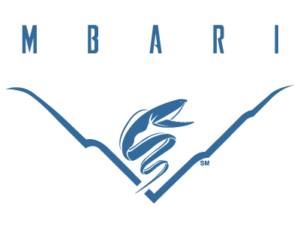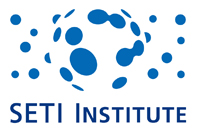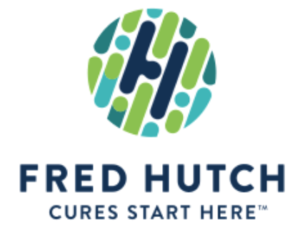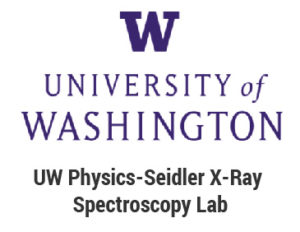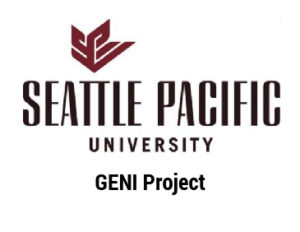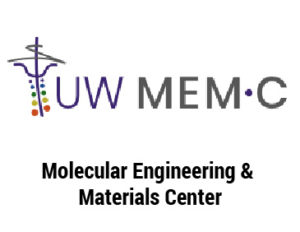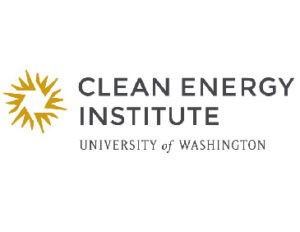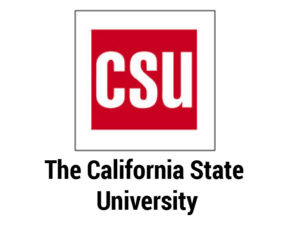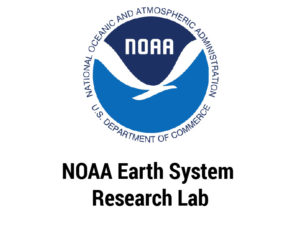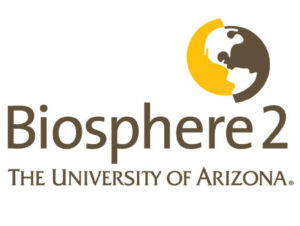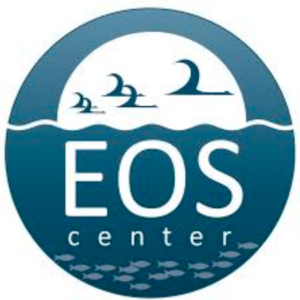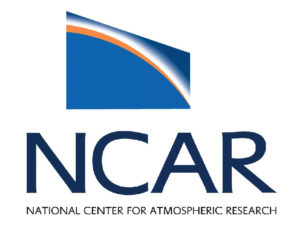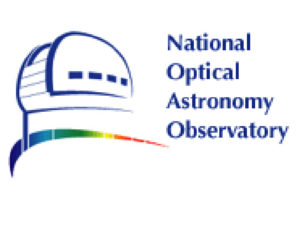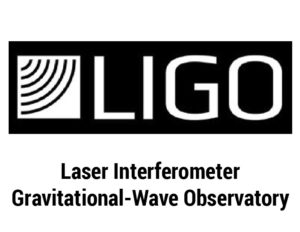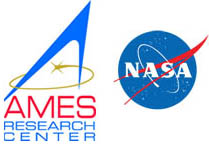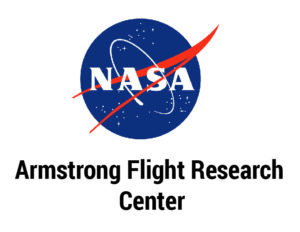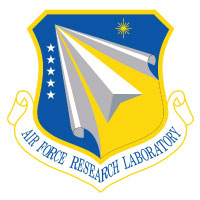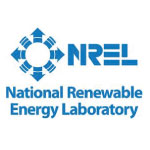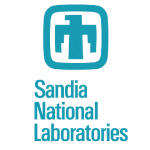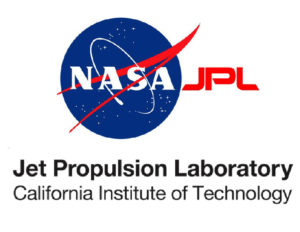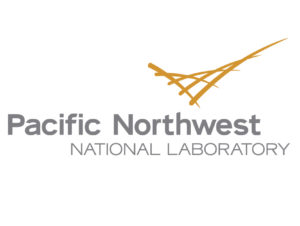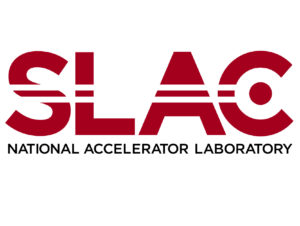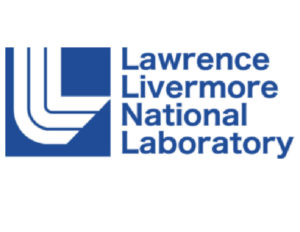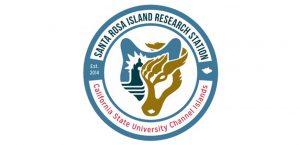Labs
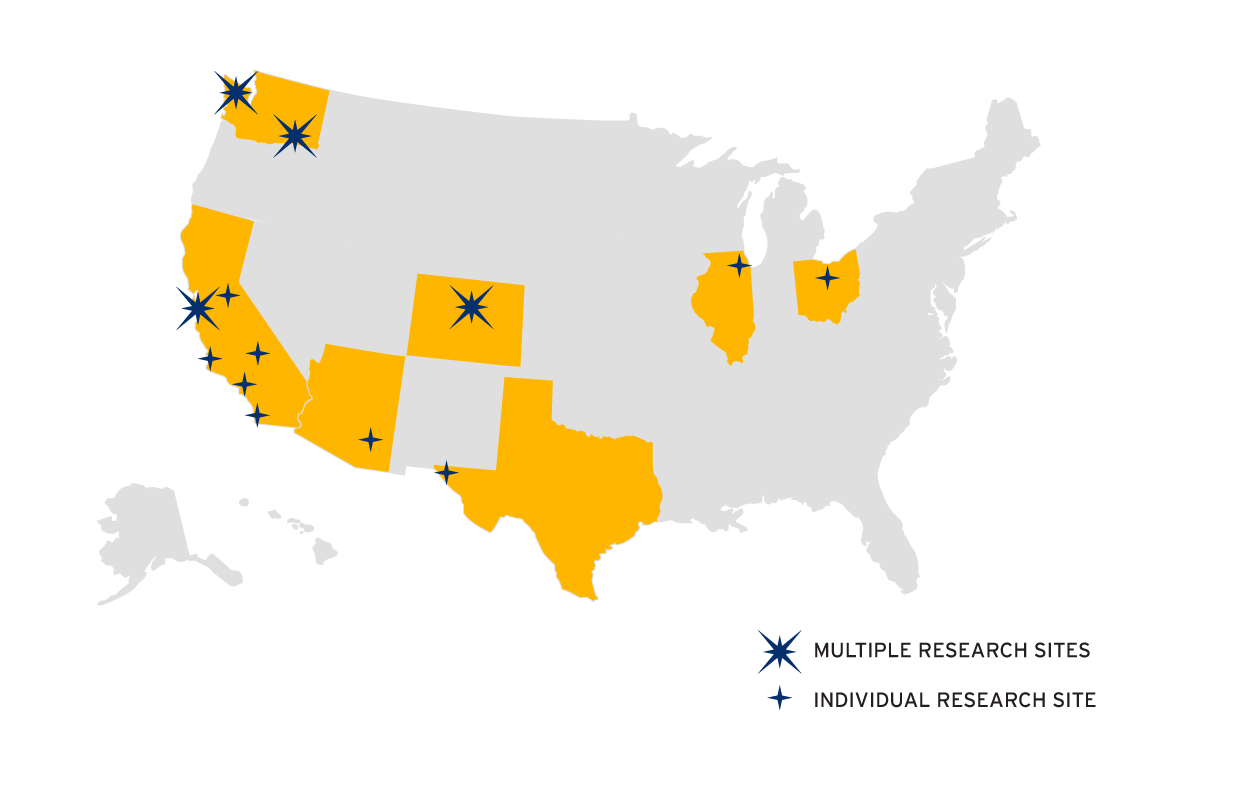
Pacific Northwest
Seattle
Seattle Pacific University
University of Washington: Clean Energy Institute
University of Washington: MEM-C
University of Washington: Siedler Lab
Institute for Systems Biology
Fred Hutch Cancer Research Center
Eastern Washington
Pacific Northwest National Laboratory
Laser Interferometer Gravitational Wave Observatory
CALIFORNIA
SF Bay Area
Estuary and Ocean Science Center (Tiburon, CA)
Lawrence Livermore National Laboratory (Livermore, CA)
NASA Ames Research Center (Mountain View, CA)
San Francisco State University (San Francisco, CA)
Sandia National Laboratory (Livermore, CA)
SETI Institute (Mountain View, CA)
SLAC National Accelerator Laboratory (Palo Alto, CA)
Stanford University (Palo Alto, CA)
University of California Museum of Paleontology (Berkeley, CA)
UC Santa Cruz, Santa Cruz, CA
Sacramento
Sacramento State University (Sacramento, CA)
Central/Southern California
Cal Poly (San Luis Obispo, CA)
NASA Armstrong Flight Research Center (Palmdale, CA)
Air Force Research Laboratory (Palmdale, CA)
Santa Rosa Island Research Station (Santa Rosa Island, CA)
Monterey Bay Aquarium Research Institute (Monterey, CA)
NASA JPL (Pasadena, CA)
NOAA Southwest Fisheries Science Center (La Jolla, CA)
Scripps Institution of Oceanography (La Jolla, CA)
COLORADO
National Center for Atmospheric Researcher (Boulder, CO)
NOAA Earth System Research Laboratory (Boulder, CO)
National Renewable Energy Laboratory (Golden, CO)
southwest
Arizona
Biosphere 2 (Oracle, AZ)
National Optical Astronomy Observatory (Tucson, AZ)
Texas
University of Texas at El Paso (El Paso, TX)
midwest
Illinois
Fermi National Accelerator Laboratory (Batavia, IL)
Michigan
Sharitt Lab (Grand Rapids, MI)
Ohio
The Ohio State University (Columbus, OH)
At the core of every STAR Fellow’s experience are the outstanding Research Mentors and laboratory staff at our Lab Site Partner facilities. Without them, this program would not be possible. Lab sites with hyperlinks above are potential partners for summer 2025.
2024 Research Project List (new additions weekly)
Grand Valley State University in Grand Rapids, MI - Mentor: Dr. Carrie Sharitt (2 placements)
Scripps Institution of Oceanography - Mentor: Mr. Steve Diggs (1-2 placements)
Project Description: For the past two years, Deep Argo has played a central role in bringing NSF’s Science Teacher and Researcher (STAR) program to SIO and the Argo community. STAR directly addresses the science, technology, engineering, and math (STEM) teacher recruitment and retention crisis by creating a dual “teacher-researcher” role, immersing teachers in cutting-edge research environments. Our project will help STAR teachers from schools engage with their students and emphasize the impact of the latest technologies. We propose to broaden the participation in science and engineering research by women, underrepresented minorities, and persons with disabilities by connecting with students interested in pursuing careers in ocean engineering. Our plan is to work with teachers from local charter schools to include a class based on Argo data in their physics course. At the end of the semester, the course will end with a visit to the IDG lab and seminar given by New Zealand on the use and value of the Argo dataset. These visits will be followed by 1-2 weeks promoting student interactions with SBS and IDG engineers via discord where the students will learn about engineering degree options, education requirements, and career path.
Recent Projects:
Argo Floats
A Taste of Scripps
Channel Islands Research Station: Mentor: Dr. Kathyrn McEachern (4 placements)
Project Description: The CSU Channel Islands STAR program operates out of the CSUCI Santa Rosa Island Research Station, located on the island about 45 miles offshore from Ventura, California. Santa Rosa Island is part of Channel Islands National Park (Channel Islands National Park (U.S. National Park Service) (nps.gov)). The Research Station (Santa Rosa Island Research Station – SRIRS – CSU Channel Islands (csuci.edu)) is managed by CSUCI staff, and the Fellows are mentored by them along with Dr. Kathryn McEachern, USGS-Channel Islands Research Plant Ecologist, and USGS and National Park Service research assistants.
STAR Fellows stay in the Station’s bunkhouse (free of charge) for “island tours” of 8-days at a time. This schedule is 1-week on the island, 1-week off running from early June through the first week of August, for 4 island-tours followed by a week for poster/presentation preparation in early August. Transportation is typically aboard the NPS vessel “Ocean Ranger”; it takes about 2 hours to get to the island from the boarding dock in Ventura, CA. The bunkhouse is shared with other groups that rotate intermittently throughout the summer, ranging from undergraduate classes to outside agency and university researchers.
2024 will be the 8th STAR summer on the island. A major project through these years has been the creation of a “Cloud Forest” in a one-of-a-kind ecological restoration project to bring back chaparral vegetation that can harvest fog on the high central ridge of Santa Rosa Island (https://wim.usgs.gov/geonarrative/cloudforest/). Fellows have worked to install and maintain fog-harvesting infrastructure, plant native plants that they help grow in the island nursery, and research plant growth and survival, soil moisture, irrigation efficiency and sedimentation/erosion to demonstrate results. Another focus every summer has been the collection of detailed mapping and demographic data on an endangered island endemic plant, soft-leaved island paintbrush (Castilleja mollis). We will continue these projects in 2023, along with a couple of others listed below.
STAR projects envisioned for Summer 2024 include:
– mapping the endangered soft-leaved island paintbrush using gps technology
– installing seedling research plots and collecting seeds of the endangered Santa Cruz Island bush mallow on nearby Santa Cruz Island (Malacothamnus fasciculatus var nesioticus)
– native plant seed collection and cleaning
– cloud forest nursery work and planting, monitoring survival
– collecting plant community data in long-term monitoring plots at the cloud forest
We will have 4 Fellows in 2024, working as part of a larger team to accomplish the projects. Each Fellow will take on an aspect of the work for a focused project but will also participate in all of the activities for a broad field research experience.
Island work can be physically challenging at times: we will be outside nearly all day in conditions that range from hot to cold and windy as oceanic storm cells move across the Southern California Bight. We travel to/from the work sites in 4-wheel drive pickup trucks and UTV’s on dirt roads, so conditions are dusty and rugged. We walk/hike to the remote paintbrush sites. And the island oak project will involve some very rugged and steep terrain. There is no cell service on most of the island, and internet is available only near the Field Station. The island is absolutely beautiful, the SRI Field Station is near the pier and beach, and there are ample opportunities for hiking. The National Park Service is working toward designating the park islands as potential wilderness; there are no stores, restaurants or “services”. In many ways this is a true backcountry experience.
Island tour Dates:
June 11-18,
June 25 – July 2,
July 9-16,
July 23-30;
plus 4-5 days on the mainland in August to prepare posters and curriculum
Recent Projects:
Cloud Forest Restoration
Santa Rosa Island Plant Plots
Estuary and Ocean Sciences Center - Mentor: Dr. Sarah Cohen and Dr. Andy Chang (1-2 placements)
Project Description: To further characterize these two Leptasterias species found in different zones of the intertidal, STAR interns will conduct summer projects in the Cohen lab to look at behavioral, morphological, and genetic differences. STAR fellow(s) will help with wet lab experiments, fieldwork, and genetic sequencing. Stars will be collected in the field from wave-protected and wave-exposed zones to conduct behavior assays. Arm tips will be removed from each star to collect genetic data to be later analyzed using mitochondrial gene cytochrome c oxidase (COI) locus. Pictures of pedicellaria on the skin and spines will be taken in the field and used to determine possible morphological differences. Wet lab experiments may be conducted to observe pedicellaria growth and arm regeneration. RStudio will be used to analyze behavioral and genetic data.
CSU East Bay - Mentor: Dr. Divya Sitaraman (2-3 placements)
Project Title: Dopamine modulation of sleep and feeding
Project Description: Sleep and hunger are fundamental behavioral states important for survival and reproduction. When food is not readily available animals respond by suppressing sleep in order to search for food. This starvation-induced sleep suppression represents a behavioral choice critical for survival that involves communication between endocrine/hormonal systems that signal nutrient availability and the brain. The fruit fly, like mammals, suppresses sleep in order to forage for food utilizing many conserved molecular pathways including insulin and glucagon-like signaling to control metabolism. Given the high conservation of metabolic, neural systems and behavior between flies and mammals, investigating starvation-induced sleep suppression in flies will provide timely insights into the general mechanisms through which nutrient/metabolic needs regulate brain circuits involved in sleep.
Dopamine has been implicated in sleep regulation in almost all studied sleep models (flies, humans, and rodents) but the precise mechanisms by which dopamine influences sleep suppression is unclear in any system. Furthermore, evidence in animal models is beginning to accumulate that dopamine plays a role in reward-associated food-seeking behavior. Taken together, it is highly likely that dopamine neurons represent at least in part, a common shared pathway in regulating sleep-feeding conflict. The goal of this proposal is to test the hypothesis that increased dopamine release in the brain represents a motivational state that drives the fly to actively forage thereby suppressing sleep.
The STAR fellow will work in close collaboration with undergraduate, post-graduate students and the mentor. In pursuit of the scientific goals, PI will provide a structured lab environment, exposure to cutting-edge research methods, and close mentoring. Additionally, we will also develop modules that can be implemented in middle- and high schools to engage students in cutting-edge biomedical research while focusing on core concepts of biology.
Recent projects:
Fruit Fly Lab
Neurophysiology & Behavior Lab
2024 Additional Research Sites (project description forthcoming)
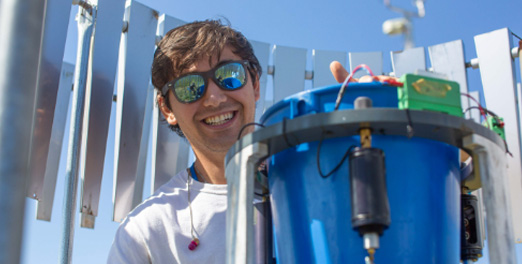
National Center for Atmospheric Research (NCAR) (3-4 placements)
NCAR researches all things atmospheric, including microphysics of cloud formation and the chemistry of air pollution to large-scale planetary waves and the impact of increased greenhouse gases on our climate.
Recent Projects:
Impacts of Satelite Derived Properties on Aircraft Icing Products
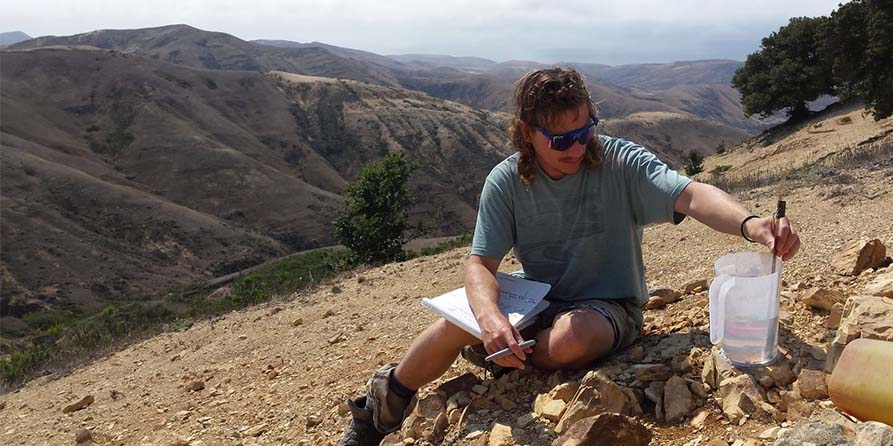
UC Santa Cruz (4-6 placements)
The University of California at Santa Cruz offers a wide variety of research experiences in all fields of science and mathematics. Partnering with their Science Internship Program (SIP), STAR fellows have the opportunity to work alongside a larger research group often including a research mentor, graduate school students, and high school students. Projects at UCSC can be in-person or virtual.
Recent Projects:
Interconnections between Art and STEM
Computational Narrative Cinema

Lawrence Livermore National Laboratory (2-3 placements)
LLNL is known for groundbreaking research in nuclear science, high performance-computing, biotechnology and more.
Recent project:
Coleman Lab
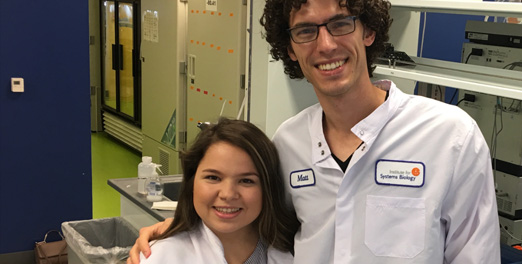
Institute for Systems Biology (2-3 placements)
ISB is a nonprofit research organization and the first-ever institute dedicated to systems biology. They believe in the power of science transforming health.
Recent Project:
Inhibiting the Dimerization of Myc and Max
Machine Learning Curriculum Development
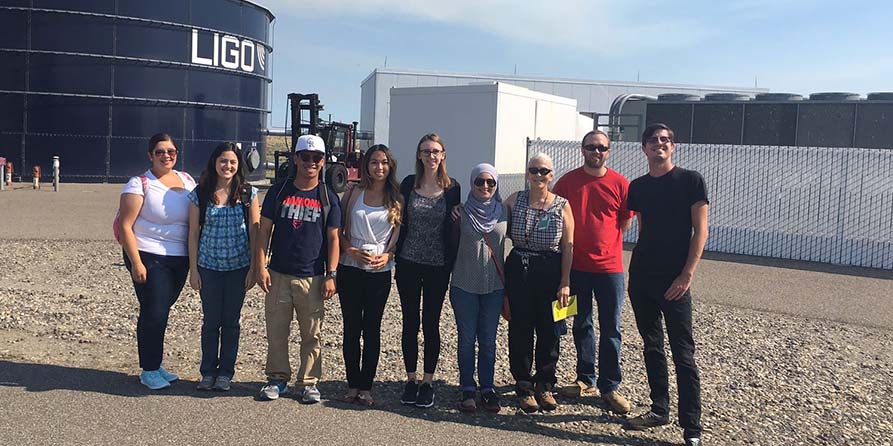
Laser Interferometer Gravitational-Wave Observatory (LIGO) (1 placement)
Laser Interferometer Gravitational-Wave Observatory (LIGO) is a large-scale physics experiment and observatory designed to detect cosmic gravitational waves and to develop gravitational-wave observations as an astronomical tool
Recent Project:
LIGO Observatory
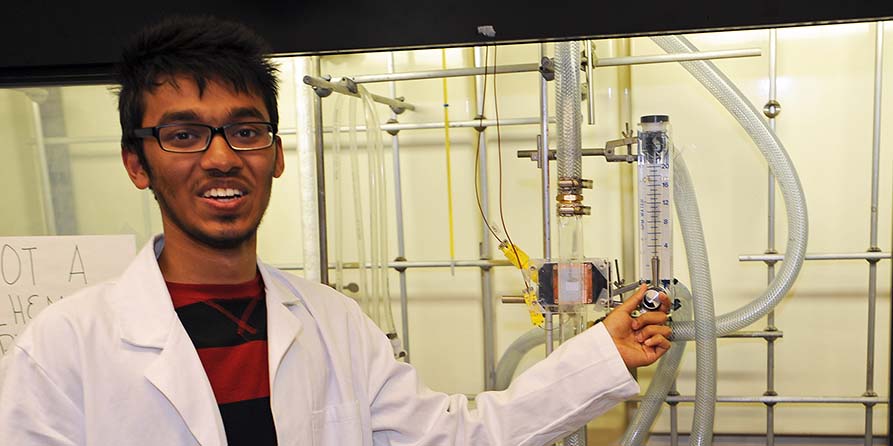
Cal Poly State University (3-4 placements)
Cal Poly is a university with research focused on community collaboration in real-world facilities exploring problems and discovering solutions.
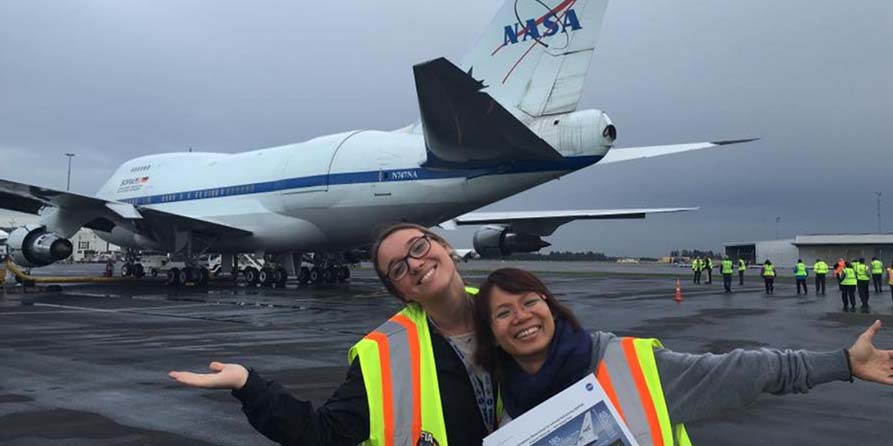
NASA Jet Propulsion Laboratory (6-10 placements)
JPL designs, builds, launches, and operates spacecraft, some of which have traveled to the outer reaches of the solar system, orbit Earth and other planets, rove on the surface of Mars, or use powerful telescopes to peer into the distant universe.
Recent project:
Ecostress
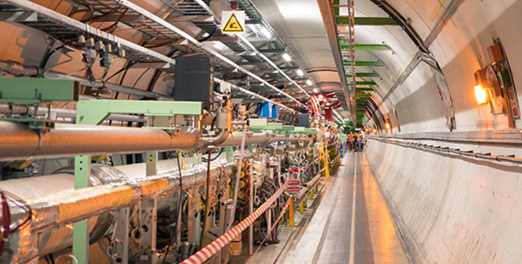
SLAC National Accelerator Laboratory (2-4 placements)
The SLAC National Accelerator Laboratory is a national basic research laboratory devoted to experimental and theoretical research in elementary particle physics, development of new techniques in high-energy accelerators and elementary particle detectors, and a broad program of research using synchrotron radiation.
Recent Projects:
Strehl Ratios
Juhao Wu’s Lab
Relating Experience to the Classroom
Department of XYZ
